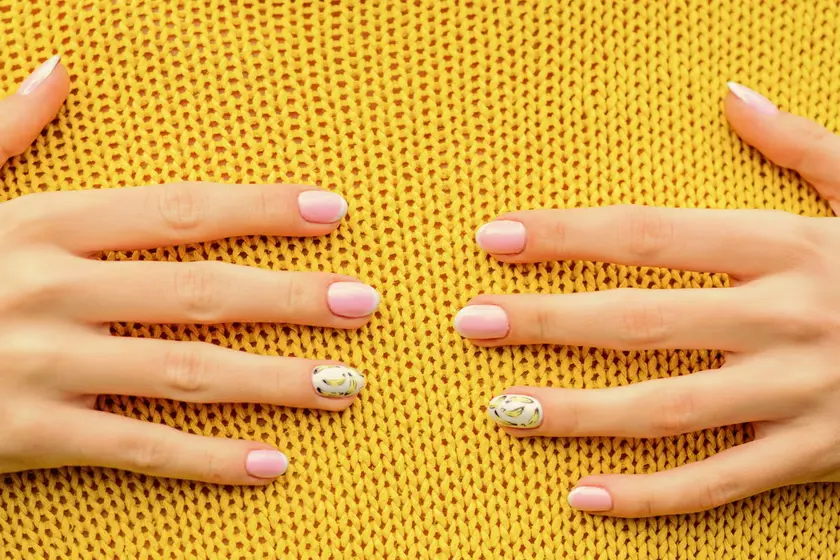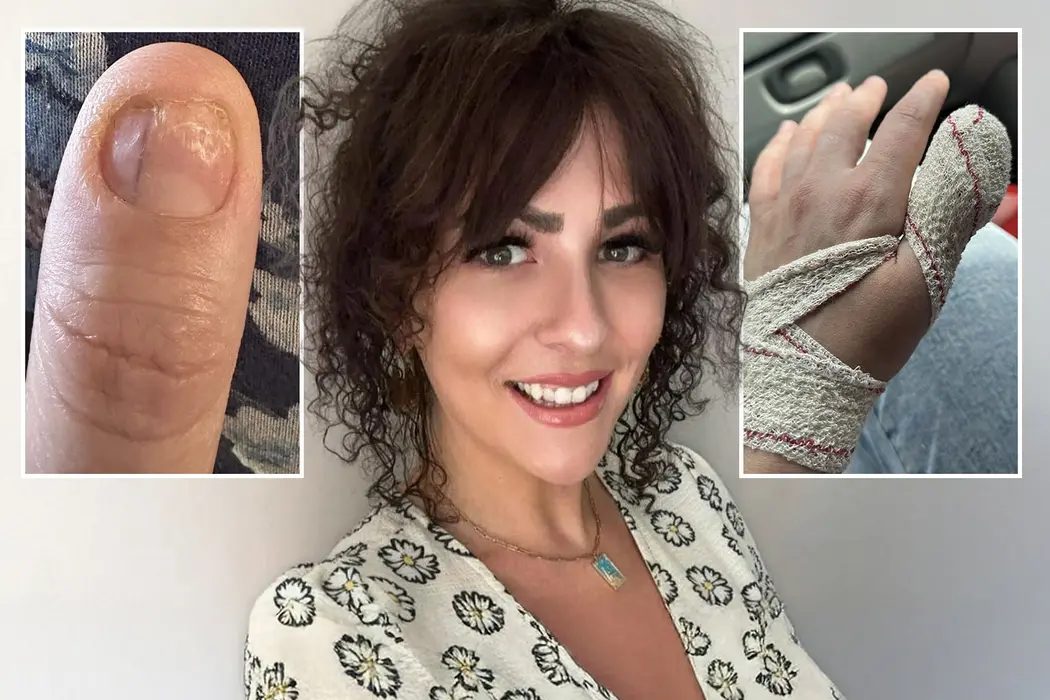T4K3.news
Nail changes and health
A health warning about nail color and texture changes and what they could mean for your health.

Changes in nail color and texture can signal nutritional gaps and underlying health issues.
Nail changes reveal hidden health clues
Health experts say changes in nail color and texture can signal nutritional gaps or underlying issues. Dr Miriam Mikicki, a GP and functional medicine practitioner, notes that pale nails may point to anaemia, iron deficiency, heart failure, or liver disease. If nails stay pale and you also feel tired, dizzy, or short of breath, a visit to your GP is advised, and a blood test may check for anaemia or liver and kidney function.
Other signs include nails that are mostly white with darker edges, sometimes called Terry's nails, which can accompany liver disease, kidney failure, diabetes or heart conditions. Yellow nails often come from fungal infections but may also hint at chronic respiratory problems, lymphoedema, or diabetes. Bluish nails indicate cyanosis and require urgent evaluation if symptoms are present, while cracked nails can result from environmental damage or nutritional deficiencies such as iron, biotin or zinc. When several nails are affected or symptoms accompany nail changes, a clinician should investigate further.
Key Takeaways
"Pale nails may be a sign of anaemia or liver disease"
Dr Miriam Mikicki explains pale nails can indicate systemic issues
"Nails that are mostly white with darker edges can indicate serious conditions such as liver disease or kidney failure"
Mikicki describes Terry's nails as a warning sign
"Bluish nails require urgent medical evaluation"
Medical warning about cyanosis and oxygen lack
"Yellow nails may come from fungal infections but can also signal systemic issues"
Dr Mikicki on yellow nail signs
These signs offer a chance for early conversation with a health professional. Nail changes are accessible cues that people can notice at home, prompting preventive checks before problems grow. The challenge lies in avoiding overdiagnosis or unnecessary anxiety; nails alone rarely confirm a problem, but they can point to a testing path.
At a broader level, the piece reflects how everyday biology intersects with healthcare access. For some, nail changes may trigger timely care; for others, barriers to GP visits or lab tests could delay diagnosis. The message is clear: use these cues to guide conversations with clinicians, not to replace medical advice.
Highlights
- Nail clues can whisper to your health
- Tiny changes on fingertips signal bigger problems
- Nails are a small health dashboard we overlook
- If nails change, talk to your GP sooner rather than later
Careful observation of small signs can guide timely care.
Enjoyed this? Let your friends know!
Related News

Nail mark linked to early skin cancer

New warning sign for lung cancer detected in fingers

Toenail care and care choices

Acrylic nails hid cancer warning

Experts identify five signs of protein deficiency

Health care gaps surface in medical Q&A

Exploring GLP-1 medications and their implications

Mother fights to save her daughter from mental illness
